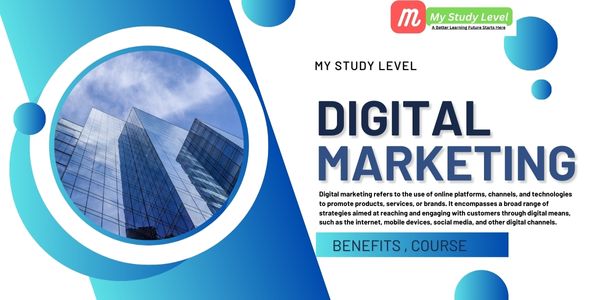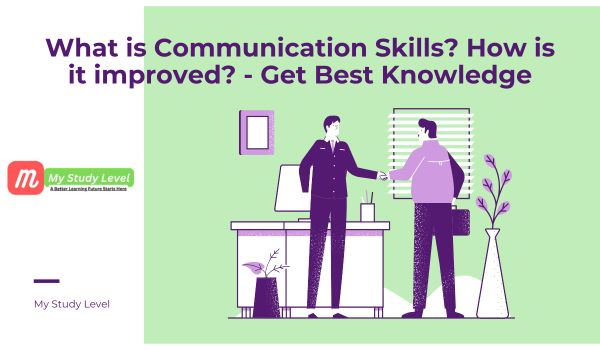An individual has to interact with other members of the society throughout the life; and, herein from oral to listening; writing to reading and note-taking. The details of Oral Presentation Skills lies the importance of possession of communication skills.
Oral Presentation Skills in Communication
Oral presentation is one of the instructional methods of teaching. Effective speaking demands a high level of Skill in Oral Presentation of material and fullest compression on the part of instructor

Oral Presentation Skills
Presentation is the practice of showing and explaining the content of a topic to an audience or learner. Presentations come in nearly as many forms as there are life situations. In the business world, there are sales presentations, Informational and Motivational Presentations, first encounters, interviews, briefings, status reports, image-building, and of course, the inevitable training sessions.
Some Effective Tips For Oral Presentation
· Make your speech purpose any speech you make must have some purpose to entertain, amuse, instruct, interact, sell an idea or product, or ask for some action.
· Give brief introduction In case audiences are strange, then introduce yourself, but avoid unnecessary information.
Don’t read your presentation
Talk to your audience. Use your notes as prompts as needed. Reading a speech is never preferred. It is better not to speech at all than to read a speech, regardless of how useful, well prepared and eloquent it may be.
Don’t make excuses
Many-a-times, we may notice, a speaker making a beginning by saying, “I am sorry, I have not come prepared to speak on the topic, because……” Really, you are not prepared, no need to announce it in public speaking, because audience never notices it.
Arouse the Interest of the Audience
Always speak in terms of what the audience wants and what you want. Opening should be effective for making your presentation a success.
Maintain eye-contact
Shift your eye-contact around the room, so that everyone feels that you are talking to them.
Use of proper gesture, posture and body movement
Nonverbal communication plays a vital role in transfer of message. So, for effective presentation your gesture, posture and body movement should match with your Verbal Communication.
Be fluent
Fluency is one of the most important parameter for effective communication. Without a smooth flow of speech, you are handicapped as a speaker.
Be positive
Make it clear that you are knowledgeable and enthusiastic about your subject.
Provide Examples
Try to make your presentation as concrete and “down to earth” as possible. Add appropriate. Examples and humor for effective understanding.
Use visual aids
Supplement what you say with visual aids such as handouts, charts, transparencies, and slides. Make sure that everyone can easily see the visual aids. Don’t use visual aids that are so complex that the audience will spend its time trying to read them instead of listening to you.
Visual aids are supplements to what you say, not replacements for what you say. Skillful use of properly selected visuals makes your Presentation Easier and More Effective.
Know the audience
· Make your presentation to audience’s level of knowledge about the subject of your presentation,
· What they need to know and their interest. There are far more types of audiences because
· Audiences have innumerable flavors. They may ask you as an individual to address a room full of
· factory operations, managers who have no choice but to attend their talk, you then may go before
· A congressional committee looking into various environmental issues. When an individual stands
· up to deliver a presentation before an audience, it’s essential that the audience know who the
· presenter is, why they are there, what specifically they expect to get from your presentation, and
· How they will react to your message.
· Develop good command over language as well as the subject. Practice Your Presentation until you
· Feel comfortable. Make sure you can present your information within limited time frame.
· Anticipate questions you may be asked and prepare answers to these.
Arouse The Interest Of The Audience
· Always speak in terms of what the audience wants and what you want. Opening should be
· Effective for making your presentation a success.
Maintain eye-contact
· Shift your eye-contact around the room, so that everyone feels that you are talking to them.
Use of proper gesture, posture and body movement
· Nonverbal communication plays a vital role in transfer of message. So, for effective presentation
· Your gesture, posture and body movement should match with your verbal communication.
Be fluent
· Fluency is one of the most important parameter for effective communication. Without a smooth
· Flow of speech, you are handicapped as a speaker.
Be positive
· Make it clear that you are knowledgeable and enthusiastic about your subject.
Provide Examples
· Try to make your presentation as concrete and “down to earth” as possible. Add appropriate examples and humor for effective understanding.
· Supplement what you say with visual aids such as handouts, charts, transparencies, and slides.
· Make sure that everyone can easily see the visual aids. Don’t use visual aids that are so complex
· That the audience will spend its time trying to read them instead of listening to you. Visual aids are
· Supplements to what you say, not replacements for what you say. Skillful use of properly selected
· Visuals make your presentation easier and more effective.
Actively involve your audience
· People can only listen so long without their attention wandering. Making your Presentation
· interesting will help you to capture and keep your audience’s attention for a while, but you must
· Do more. Build in some simple and quick activities for your audience so that they are actively
· Involved in your presentation. Ask questions that you are confident your audience will be able to
· Answer.
Use repetitions, pauses and variation in voice
· Vary the tone of your voice and be careful not to talk too quickly. Repetition pauses and variations
· In voice for emphasis are desirable in oral presentation.
Stop before your audience wants you to stop
· You must come to an early and appropriately end after reaching the climax. Make it a point to stop
· At a time, when audience feels you should stop.
Have a smooth ending
· Do not end your speech suddenly and abruptly. At the end, conclude your talking.














Leave a Reply